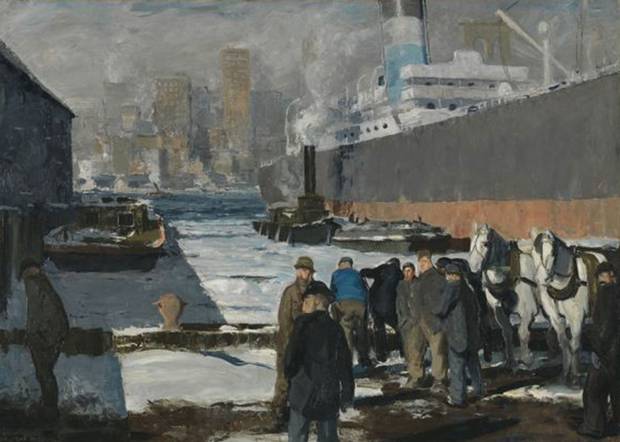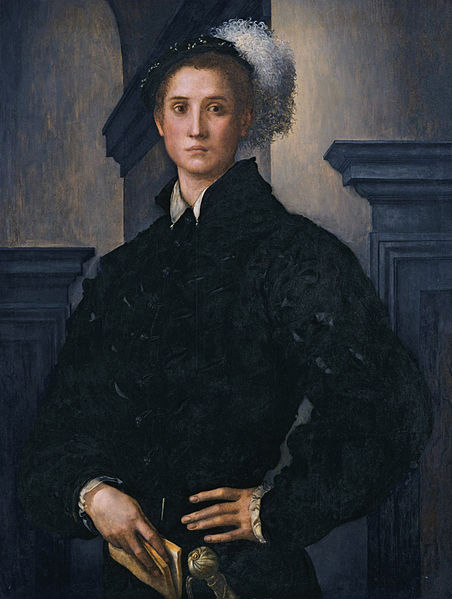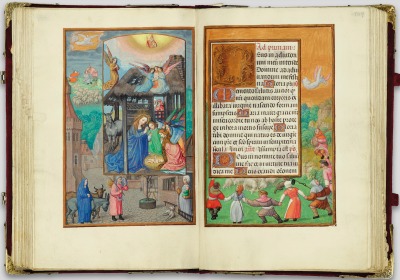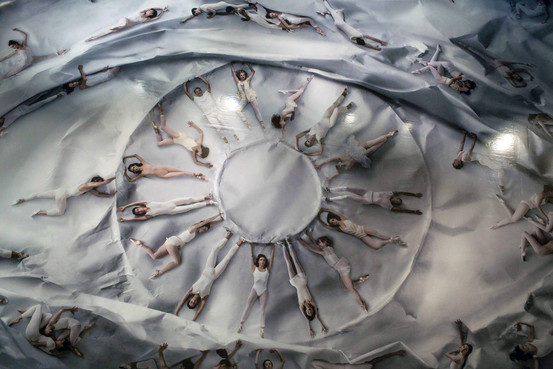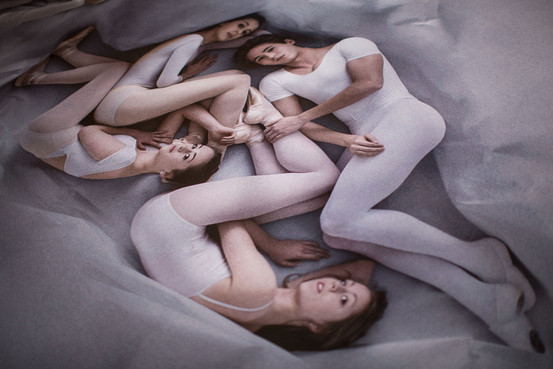Just in time for Valentine’s Day, Crystal Bridges has gone soggy on a sculpture by Jeff Koons — a Hanging Heart in gold!
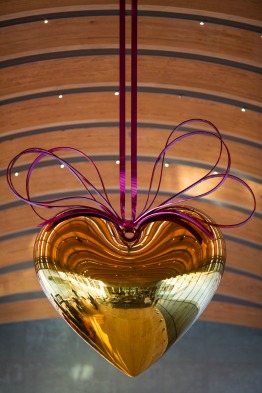 Measuring about 9 1/2 feet wide, and tied with a magenta stainless steel “ribbon,†the heart is one of five Koons has created, each in a different color. The museum says that he keep this one and sold it directly to Crystal Bridges in 2013. It is now suspended from the ribbed ceiling of one of the museum’s glass-walled bridges.
Measuring about 9 1/2 feet wide, and tied with a magenta stainless steel “ribbon,†the heart is one of five Koons has created, each in a different color. The museum says that he keep this one and sold it directly to Crystal Bridges in 2013. It is now suspended from the ribbed ceiling of one of the museum’s glass-walled bridges.
In the press release, Koons said: “Hanging Heart, ultimately, is a symbol of warmth, humanity, spirituality, and romance. I’m thrilled to have this major piece in a location in the U.S. where the sculpture will interact with the public. It offers an opportunity for many people to view the work in a space that has a sense of not only romantic but also spiritual transcendence.â€
And CB president Don Bacigalupi said: “Koons has been a monumental figure in art of the last 25 years,†said Crystal Bridges President Don Bacigalupi. “Many think of him as the heir to the Warhol legacy, advancing the tradition of Pop Art in taking everyday imagery into a much different realm.”
No word about the price.
It’s also interesting that Koons sold it himself, sans dealer Larry Gagosian.
Photo Credit: Courtesy of Crystal Bridges

